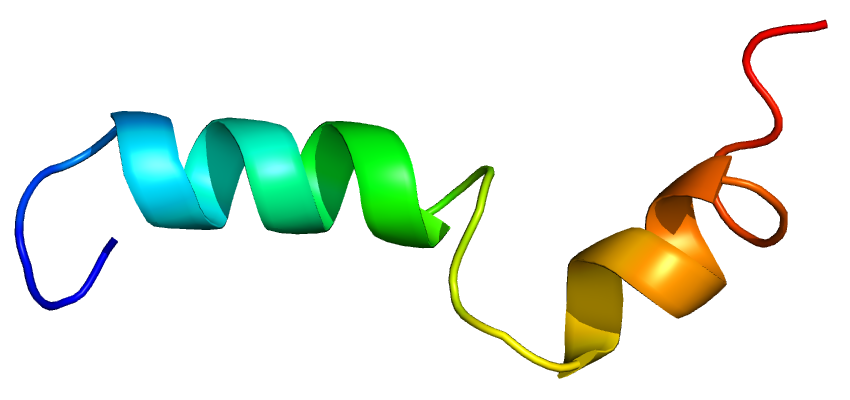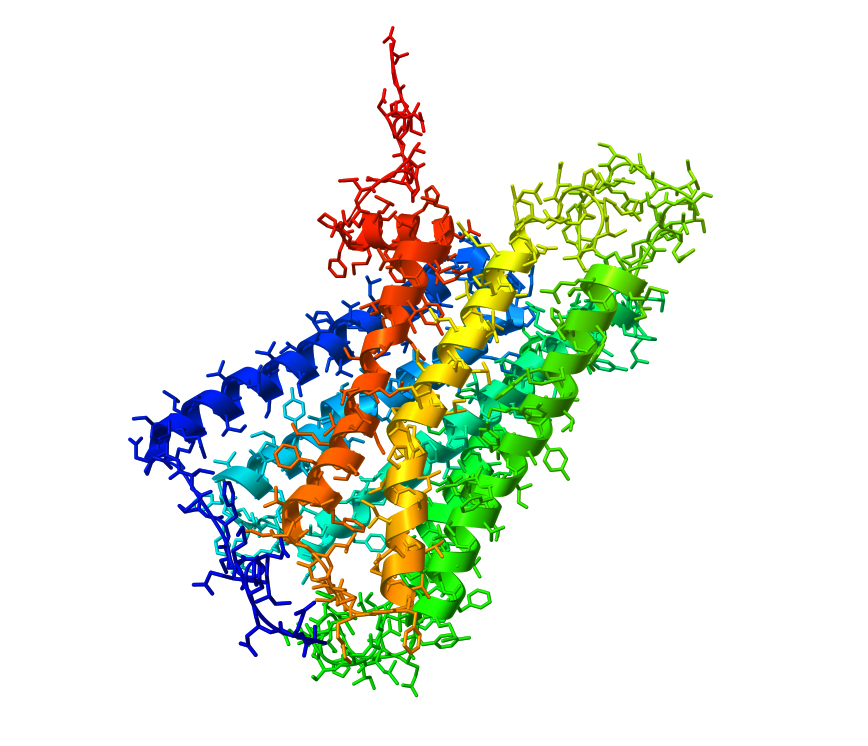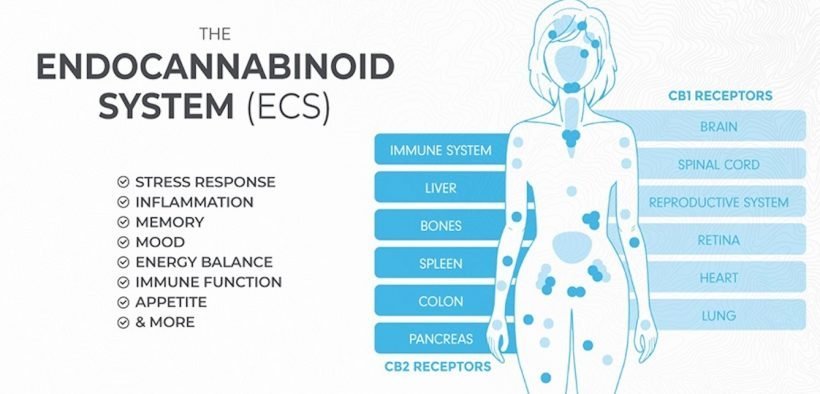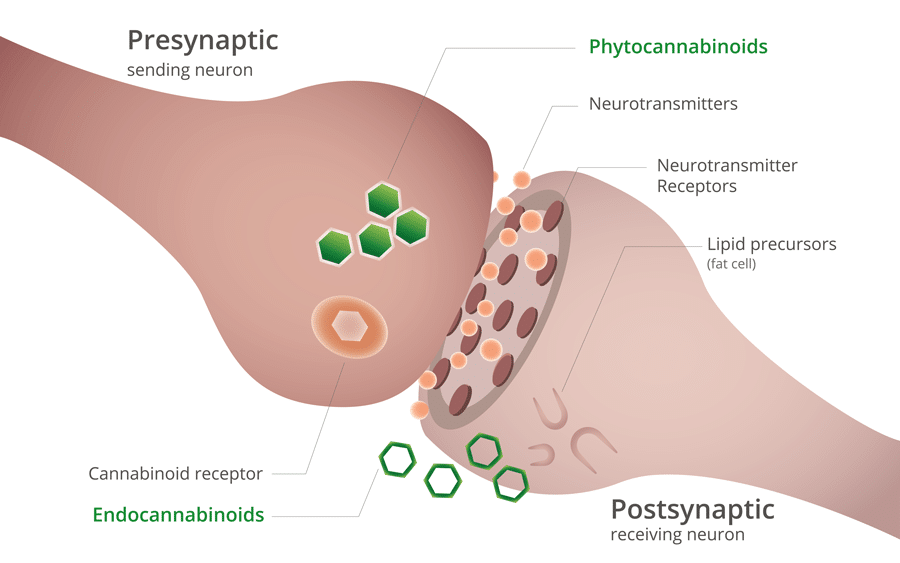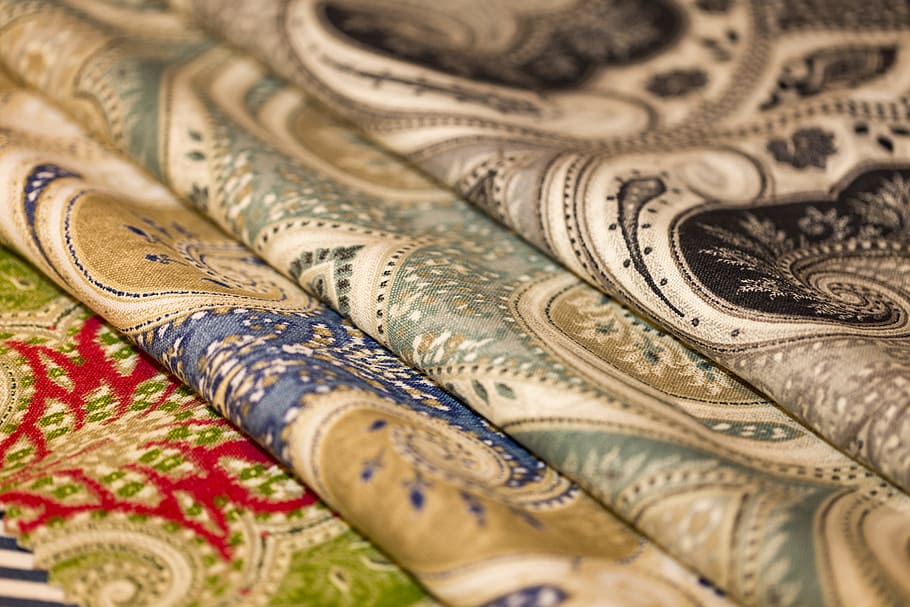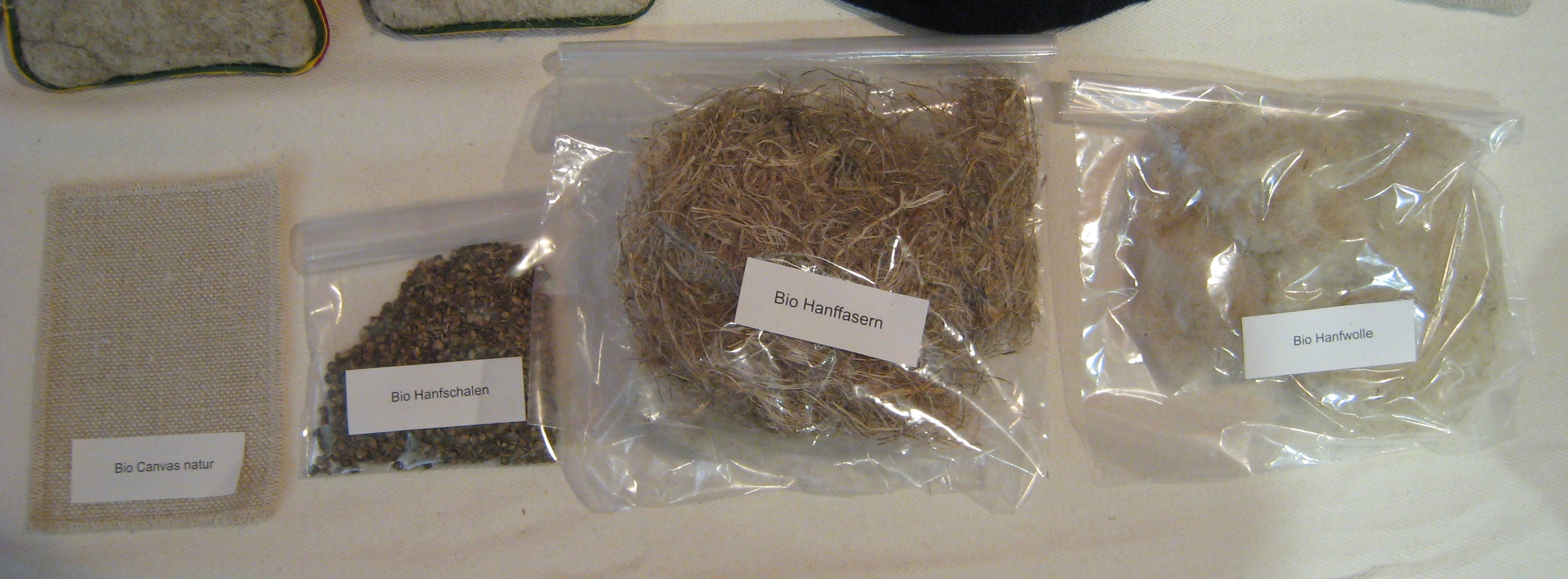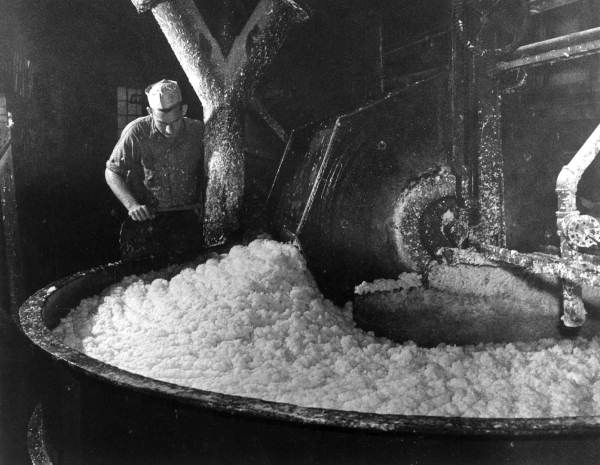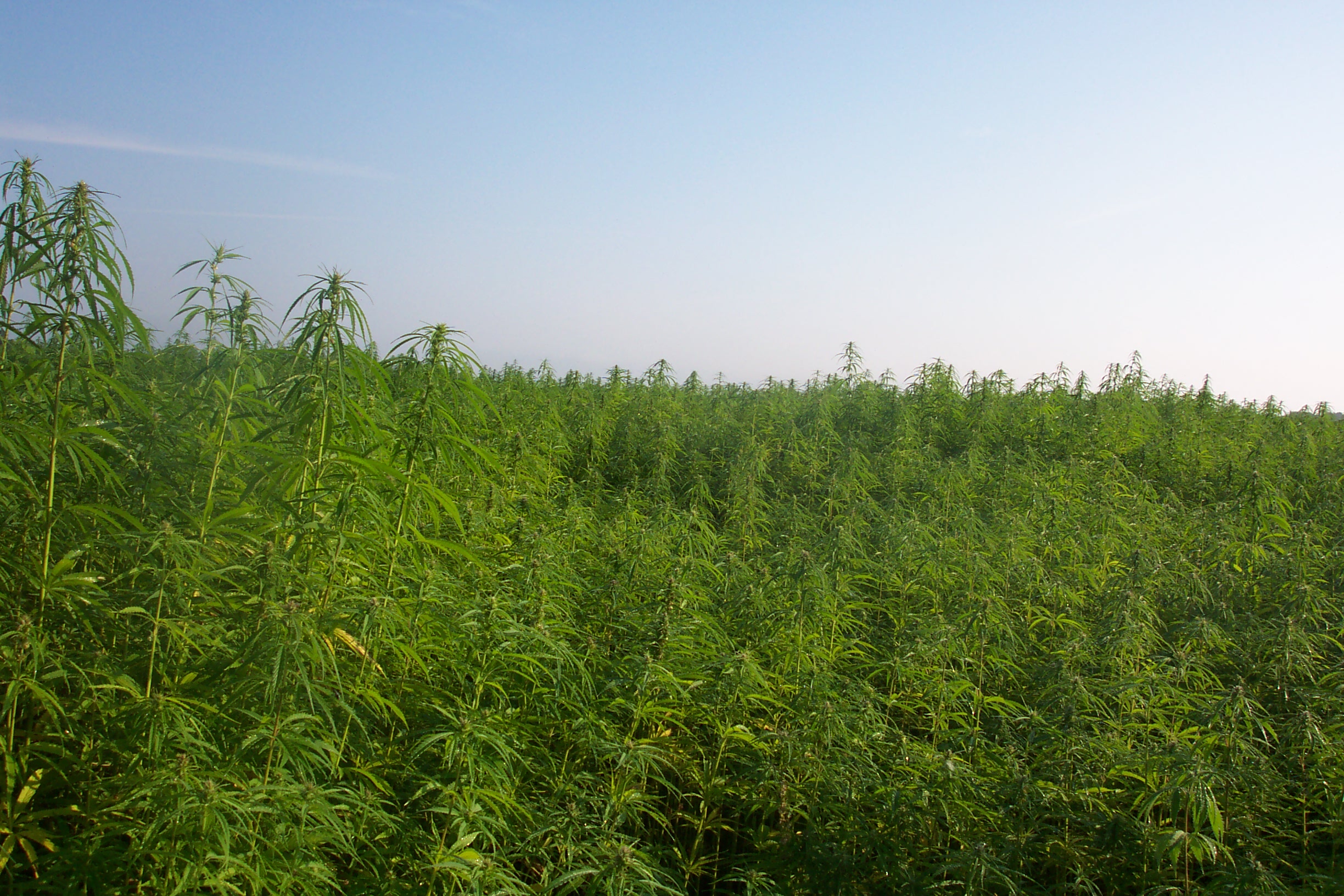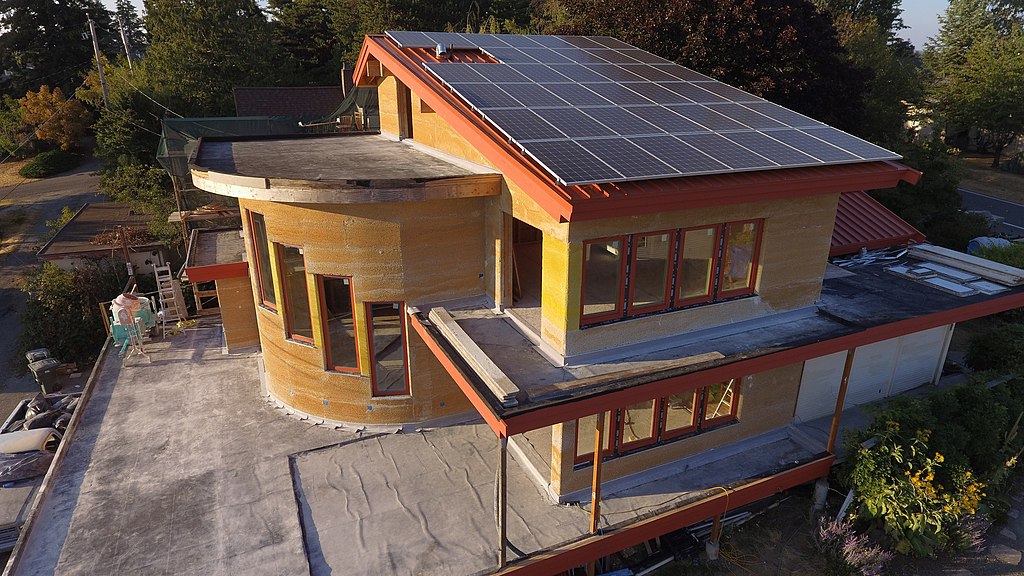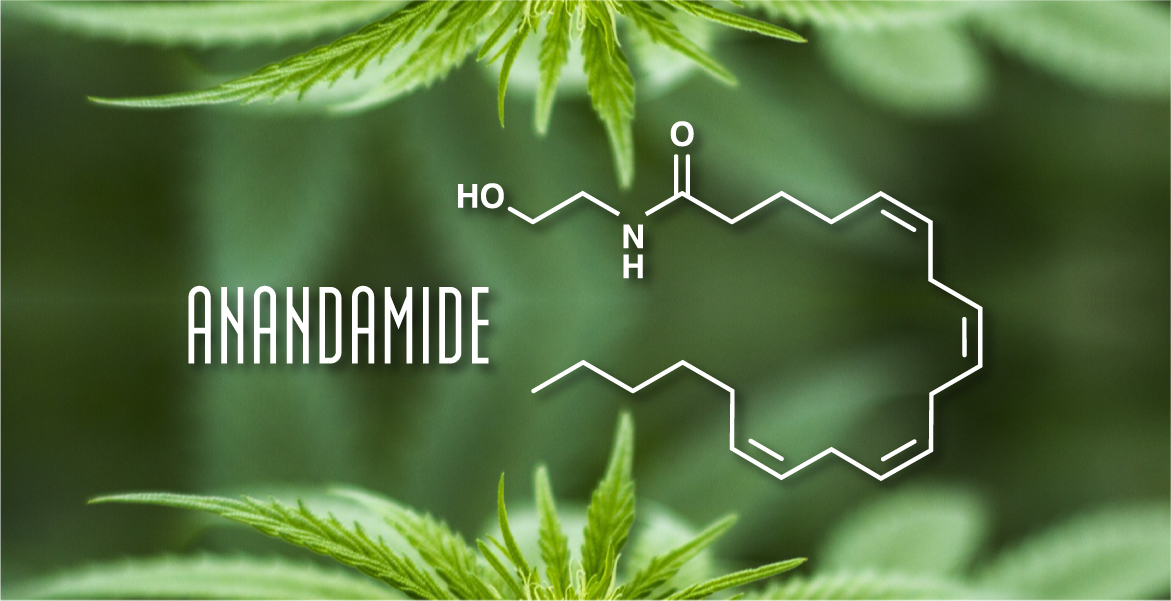
Anandamide is often referred to as the happiness hormone. This article aims to show where this name comes from and how the endocannabinoid works in the body. Let’s dive into the fascinating world of this important molecule.
Understanding the Endocannabinoid System (ECS)
The endocannabinoid system (ECS) is a complex network of receptors, enzymes, and endocannabinoids in the body. It plays a crucial role in maintaining balance and regulating various biological processes. The ECS consists of two main receptors, CB1 and CB2 receptors, which are found in different parts of the body.
What is an endocannabinoid? The term phytocannabinoid is used for the plant cannabinoids that appear in the hemp plant. In contrast, there are the "endocannabinoids": cannabinoids produced by our bodies that exert their effects in the ECS (endocannabinoid system).
Anandamide – The “happiness hormone
Anandamide is an endocannabinoid that is naturally produced in our bodies. It is closely associated with feelings of happiness, euphoria, and general well-being, which is why it is often referred to as the “happiness hormone.” It acts primarily on CB1 receptors in the central nervous system and has a variety of effects on our mood and emotions.
Effect on the well-being
Anandamide has a variety of effects on our well-being. It can promote relaxation, reduce stress and create a positive mood. In addition, it plays a role in the regulation of pain, the sleep-wake rhythm and appetite. An imbalance of anandamide in the body can lead to various health problems, such as mood disorders and chronic pain.
Anandamide-promoting lifestyle
The production and availability of anandamide can be influenced by our diet and lifestyle. A balanced diet, regular physical activity, and adequate sleep can increase anandamide levels in the body. In addition, certain foods, such as dark chocolate and chili, can stimulate the production of anandamide. A healthy lifestyle helps maintain the optimal balance of endocannabinoid in the body.
Anandamide and its therapeutic potentials
Because of its effect on well-being and ECS, researchers have begun to explore the therapeutic potential of anandamide. There is evidence that the molecule may play a role in treating anxiety disorders, depression and chronic pain. However, further studies are needed to understand the full potential of this fascinating molecule.
Conclusion
Anandamide, the “happy hormone,” plays an important role in the endocannabinoid system and has multiple effects on our well-being. By regulating mood, pain perception, and other biological processes, endocannabinoid can have a significant impact on our quality of life. Through a healthy diet, regular exercise and a balanced lifestyle, we can help maintain homeostasis (balance) in the body and promote our well-being. Research into its therapeutic potential is still in its infancy, but it promises exciting new ways to improve our health and well-being.





